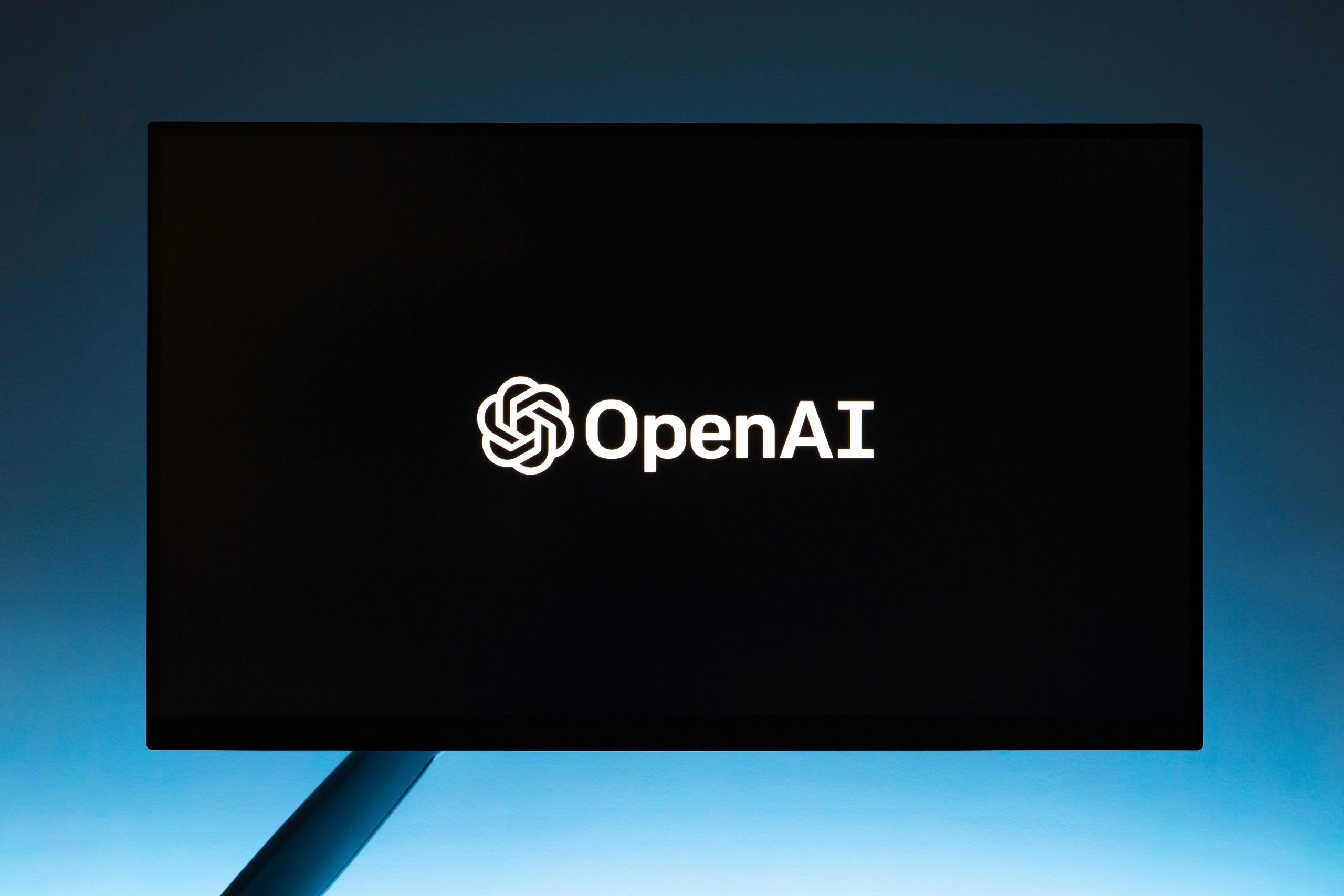Isn’t AI the best proof that Peter Thiel is wrong about monopolies?
Is Artificial Intelligence Evidence that Peter Thiel’s Views on Monopolies May Be Flawed?
Peter Thiel, a prominent venture capitalist and thinker, has famously asserted that “competition is for losers.” His perspective suggests that monopolistic dominance can be a sign of success and stability rather than failure. However, the rapid evolution and democratization of artificial intelligence (AI) over recent years seem to challenge this notion—highlighting a different narrative where competition accelerates innovation and benefits consumers.
The AI Race as a Catalyst for Diverse Innovation
Historically, industry giants like Google have hoarded significant technological assets, often delaying widespread adoption and diverse application. For instance, Google’s ownership of DeepMind was influential, yet its potential was somewhat siloed. Had this research remained confined, the AI landscape might look very different today—possibly still limited to academic papers rather than accessible AI-powered tools like ChatGPT.
The emergence of OpenAI disrupted this static environment. By releasing ChatGPT, OpenAI compelled established players such as Google, Meta, and Anthropic, along with a blossoming array of startups, to innovate rapidly. This competitive push has resulted in a flourishing ecosystem of diverse AI models—LLaMA, Claude, Mistral, Groq, among others—each bringing unique approaches, pricing structures, and levels of openness to the market.
Competition as a Driver of Cost Reduction and Innovation
What’s remarkable is how this competitive dynamic is transforming the AI terrain. Costs associated with developing and deploying AI are decreasing, enabling wider access and experimentation. Innovation is accelerating, with new features and models emerging at a pace that would have been unimaginable a few years prior. Consumers and businesses now have genuine choices—movement away from a monopolized “winner-takes-all” scenario toward a vibrant marketplace.
Parallels with Consumer Trends: The Tech Version of White Claw
This phenomenon mirrors the trajectory of consumer products such as flavored seltzers. Initially a niche—think of the rise of White Claw—these products faced little competition and remained limited in scope. However, as demand grew, numerous brands entered the fray, creating a dynamic market with a variety of options and price points. Ultimately, a broader market emerged, benefiting consumers through increased selection and affordability.
Likewise, AI’s development illustrates how competition fosters the expansion of nascent ideas into full-fledged industries. Without this competitive pressure, technological breakthroughs might have remained obscure or monopolized within a few corporate entities.














Post Comment